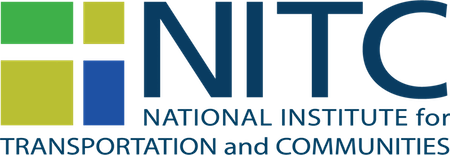The video begins at 0:52.
Abstract: This presentation considers co-evolutionary process between the development of land and transport networks. Using data from the rail and Underground in London and the streetcar system in the Twin Cities, the empirical relationship is established statistically under several different contexts, and hypotheses about the positive feedback nature of the interaction are tested. Using insights from empirical observation, a numerical simulation is constructed to more formally test the relationship, and to understand the extent to which allowing networks to vary in response to land use (and land use to vary in response to network) affects the spatial organization of each. Models of network growth which fix land use, and models of land use which fix network growth, underestimate the degree of hierarchy that emerges in the system. Given transportation creates land value, and recognizing the problem of underfunding transport infrastructure, new funding sources can be used to increase transport investment, create additional land value, and improve social welfare.
Prof. David Levinson serves on the faculty of the Department of Civil, Environmental, and Geo- Engineering at the University of Minnesota and directs the Networks, Economics, and Urban Systems (NEXUS) research group. He holds the Richard P. Braun/CTS Chair in Transportation. He also serves on the graduate faculty of the...
Read more

